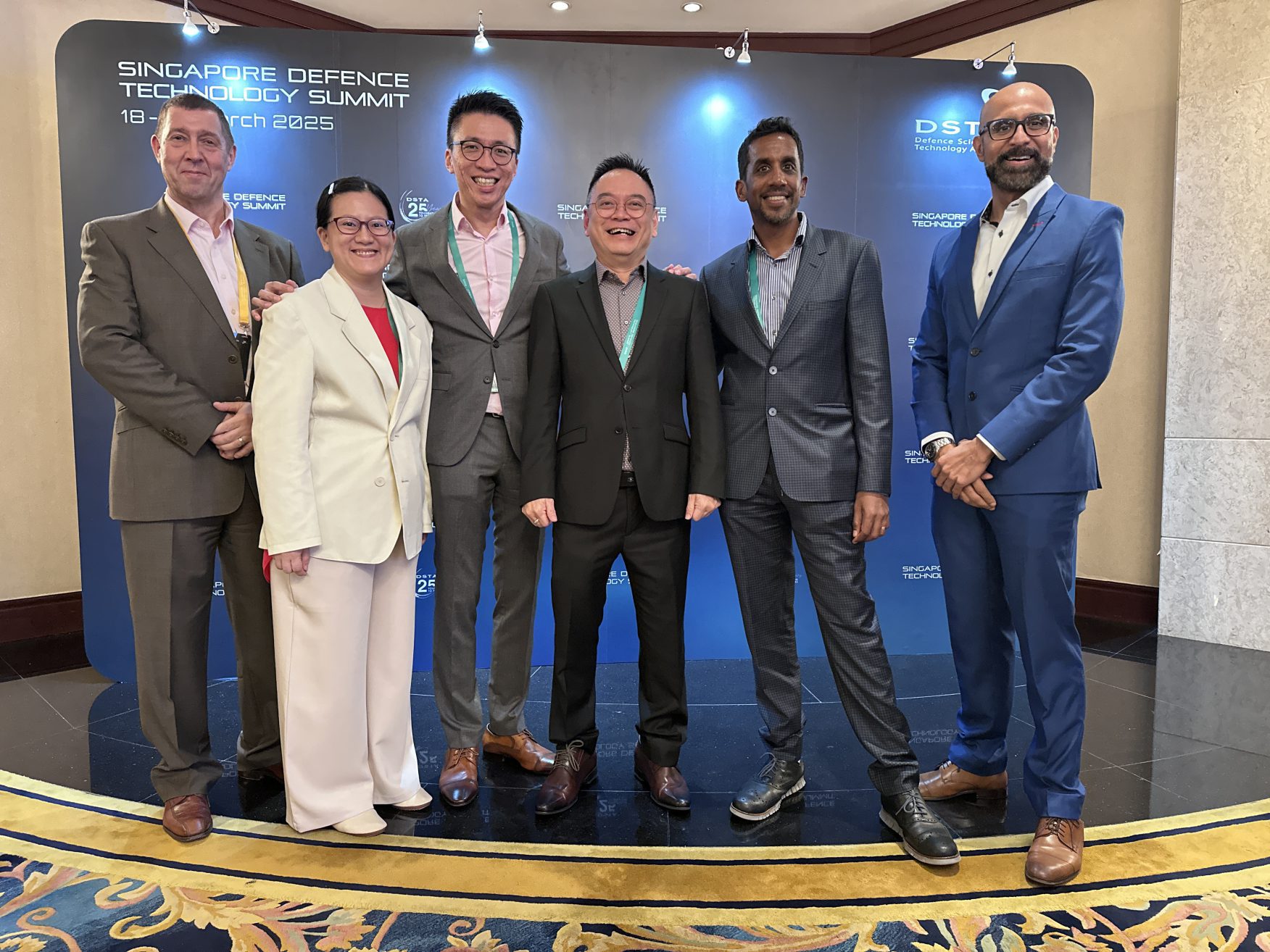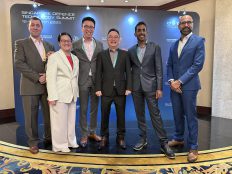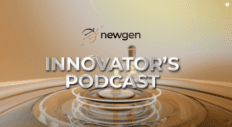
David and Prem with DSTA Representatives at the DSTA Defence Tech Summit 2025
It’s always energising to be part of conversations that reaffirm the direction we’re headed in. The DSTA Defence Tech Summit 2025 was one such moment—where the ideas and challenges discussed echoed many of the aims, objectives, and initiatives that Temus and DSTA are collaborating on as part of DSTA’s Agile Transformation Programme.
While we are still in the early stages of this journey, hearing from global experts at the summit reinforced that we have taken the right strategic direction. The challenges we’re addressing—from accelerating decision-making to shifting organisational mindsets and rethinking engagement with industry partners—are the same ones defence agencies worldwide are grappling with. The insights shared will be invaluable in refining our approach and sharpening priorities for the next phase of transformation.
Agility Isn’t a Trend—It’s a Strategic Necessity
One of the clearest messages from the summit was the urgent need for agility in defence technology and operations. As Deputy Prime Minister Heng noted, we are operating in an environment shaped by geopolitical shifts, AI-driven threats, and rapid technological advancement—conditions that render traditional, linear approaches increasingly untenable.
But agility is not simply about moving faster. It’s about staying aligned with strategic goals while adapting in real time. It means rethinking how we plan, procure, and deliver capabilities to enable continuous iteration—not rigid execution.
Critically, agility helps ensure we are solving the right problems. We’ve seen DSTA shift from focusing solely on process efficiency to ensuring solutions are anchored in real operational needs. Agile approaches allow teams to test assumptions early, engage users continuously, and reframe problem statements as new insights emerge—ensuring effort and investment go where they are needed most.
Expanding the Definition of Agility and Innovation
Too often, agility is viewed as being limited to software development. However, true organisational agility requires that these practices extend across all functions.
The summit highlighted how agility—applied as a mindset and way of working—can help coordinate Singapore’s diverse defence ecosystem, including agencies like DSO, the Digital and Intelligence Service (DIS), and the Centre for Strategic Infocomm Technologies (CSIT), all of which play vital roles in delivering integrated capabilities at scale.
Agility at scale isn’t just a team practice—it’s an organisational endeavour. Success relies on building the right enabling conditions across governance, tooling, and work rhythms, allowing teams to align and iterate even in highly uncertain environments.
Mindset and Culture Matter Most
Technology may enable change, but culture is what sustains it. DSTA’s “Start Small, Think Big, Scale Fast” approach reflects a growing appetite to challenge conventional norms—but sustained transformation demands more than isolated pilots.
The real enabler is culture: empowering teams to experiment, embrace measured risks, and prioritise outcomes over process. Across the defence domain, we have seen how compliance-heavy environments can stifle innovation. Building a culture of trust and psychological safety is essential to unlocking the speed and adaptability that transformation requires.
Rethinking Public-Private Partnerships
Another recurring theme at the summit was the need to modernise how defence organisations engage with industry. Long procurement cycles and rigid contracts no longer match the pace of technological change.
Agile contracting models—where vendors are engaged earlier and co-development is prioritised—are becoming increasingly relevant. Whether delivery is insourced or outsourced, the key is that delivery models support iterative development and enable rapid feedback loops. DSTA is making meaningful progress in this direction, and it is clear that the wider defence ecosystem will need to evolve similarly.
Speed and Flexibility Must Be Built In
One of the biggest challenges in defence transformation is balancing speed with stability. As the summit reinforced, modern threats do not wait for long approval cycles or decade-long development timelines.
DSTA has already taken important steps—streamlining processes, embedding automation, and rethinking procurement—but more can be done to embed agility and responsiveness into every layer of the organisation.
The takeaway? Agility is not just about delivering faster. It is about designing systems, processes, and partnerships that are adaptable by default and resilient by design
Looking Ahead
The Defence Tech Summit reinforced that successful transformation is rooted in agility, collaboration, and continuous improvement. As Temus continues this journey with DSTA, our focus is on embedding agility not as a one-off initiative, but as a core enabler of a learning organisation—one that constantly reflects, adapts, and evolves to meet emerging challenges.
Ultimately, this journey supports a larger mission: strengthening Singapore’s defence readiness and ensuring our nation remains secure, capable, and confident in the face of an increasingly complex world.




